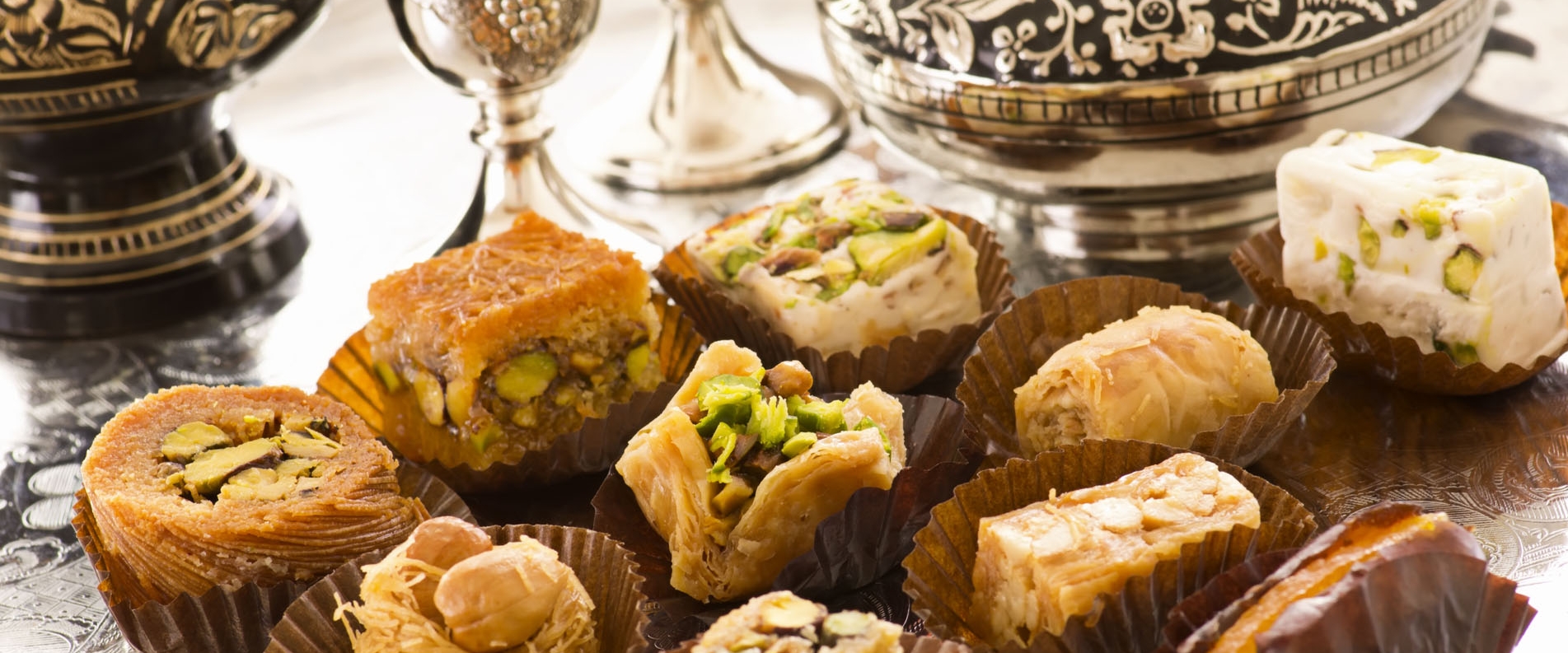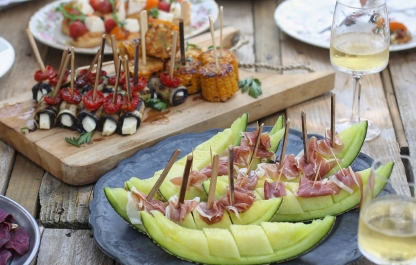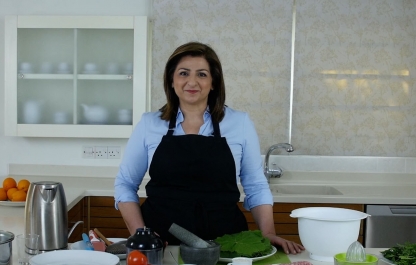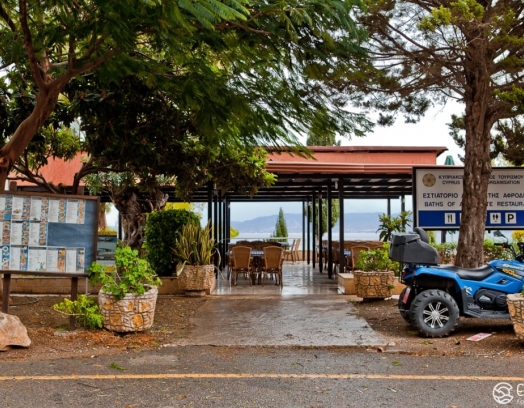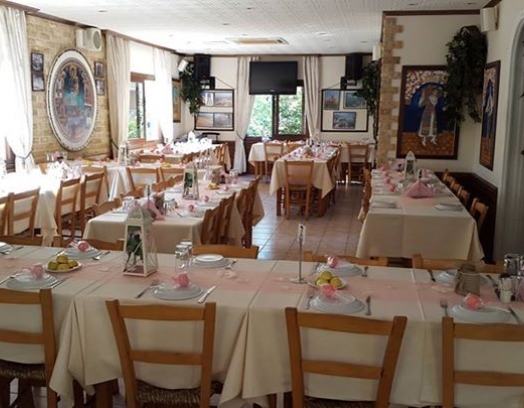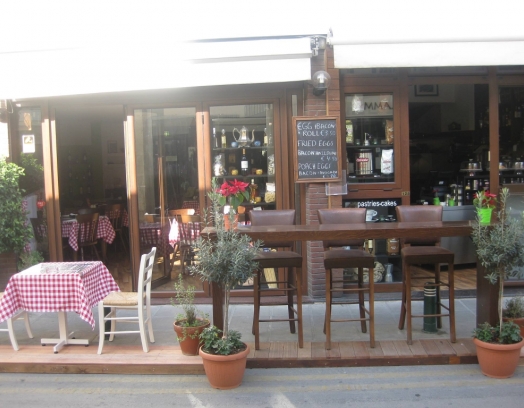Cypriot cuisine is famous worldwide not only for its hearty salads, rich soups, and flavorful main courses but also for its distinctive and delicious sweets. What dessert should you try in a local café? What is muhallebi, and how is kolokoti eaten? In this review, we will explore these and many other traditional Cypriot treats.
Sweet Sujuk: A Grape-Based Delight
One of the most beloved sweets in Cyprus is the so-called "sweet sujuk," a confection made from grape must, honey, and either almonds or walnuts. Its taste and appearance closely resemble the well-known Georgian "churchkhela." This delicacy is often served alongside tea or coffee, as its moderate sweetness makes it a satisfying yet not overpowering snack.
The preparation of sujuk typically begins during the winemaking season. Freshly pressed grape juice is poured into a large pot, combined with honey, and gently heated. Starch is then added to thicken the mixture. Once it reaches the desired consistency, nuts are threaded onto a string and repeatedly dipped into the grape must, creating layers of flavorful coating. The sujuk is then left to dry under the sun. While making it at home can be challenging due to the large quantity of grape juice required, sujuk is widely available across Cyprus in markets and specialty stores.

Palouze: The Cypriot Grape Jelly
Another well-known grape-based dessert is palouze, which shares some similarities with sujuk but has a jelly-like texture. This thickened grape juice dessert is often enjoyed both warm and chilled. Its smooth consistency and delicate sweetness make it a favorite treat among locals and visitors alike.
Pasteli: The Sesame and Carob Candy
Pasteli is a traditional Cypriot sweet made primarily from carob syrup, which gives it a deep, caramel-like taste. The syrup is heated until it thickens, then spread out and left to cool before being cut into thin bars. Some variations include ground peanuts or sesame seeds, adding a crunchy texture to the chewy candy.

Kidonopasto: The Quince Confection
For those seeking a truly unique taste experience, kidonopasto is a must-try. This dessert is made from quince, a fruit that is rarely eaten raw due to its astringency. Instead, Cypriots cook quinces with sugar and lemon juice until the mixture reaches a jelly-like consistency. Once set, the sweet is dusted with powdered sugar, enhancing its fruity aroma and slightly tart flavor.
Each of these traditional Cypriot sweets carries a piece of the island’s culinary heritage. Whether you’re looking for a simple treat to enjoy with coffee or a unique souvenir to take home, Cyprus offers a delightful array of confections that cater to every taste.
Recipes
Loukoumi
Loukoumi is a traditional oriental dessert better known as Turkish delight. It is considerably easy to cook: you will only need to mix sugar, starch and water, heat them to jelly texture, cool and cover with sugar powder (it helps to avoid extra clinging). This basic recipe has lots of additions and improvements: loukoumi is often cooked with rose water, almonds, pistachios, vanilla and even rice. We decided to publish the recipe of almond loukoumi.
There is a loukoumi factory in Lefkara village next to Limassol, where special tours are held for those who want to know how loukoumi is made. Tourists are also welcome to buy this dessert at the factory in Geroskipou (next to Paphos).
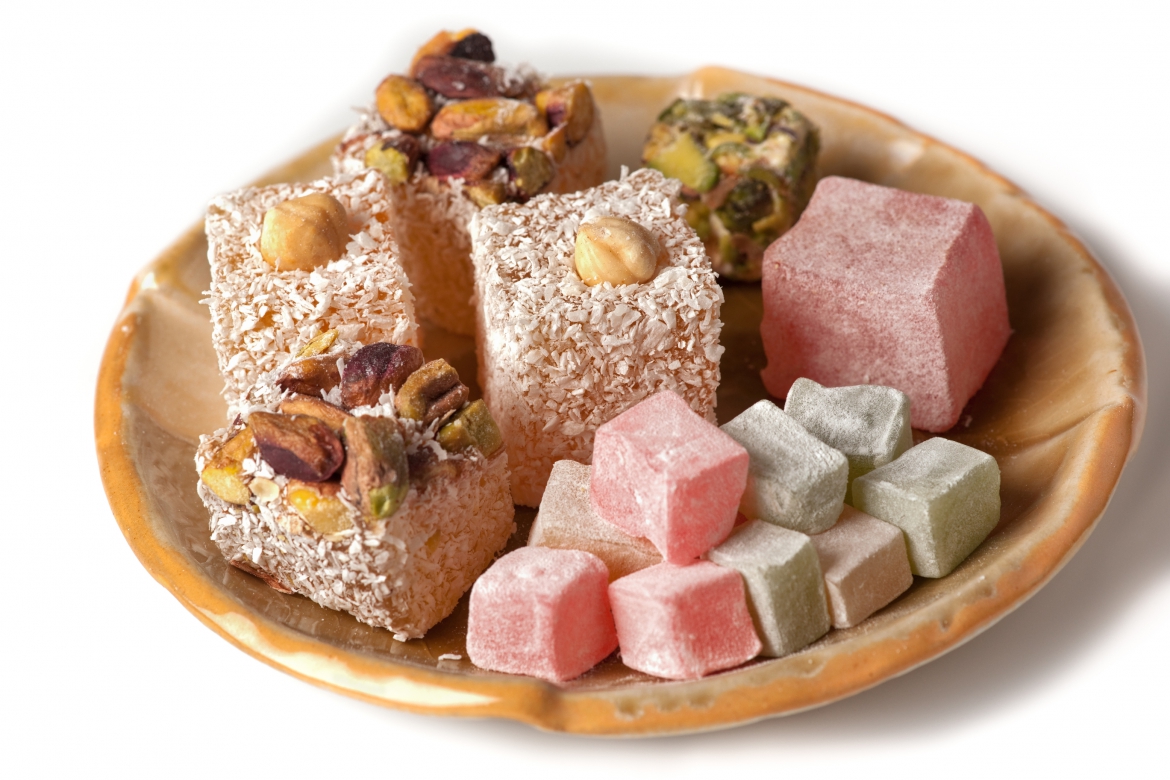
Ingredients
Sugar: 3 cups
Water: 6 cups
Starch: 3 cups
Peeled almonds: 0,5 cups
Sugar powder: 0,5 cups
Cooking method
Mix 3 cups of starch and 3 cups of water in a separate bowl and stir properly. Then pour 3 cups of sugar and the remaining water in a pot and bring to the boil, continuously stirring. Add the mixture of starch and water and grounded almonds. Stew the liquid until it thickens enough.
Then pour the loukoumi mass into the dish and allow to cool (or even refrigerate overnight). Serve this confectionery cut into small squares and covered with sugar powder.
Baklava
Baklava is a sweet layered pastry covered with honey or sweet syrup. It was invented in Ottoman Empire, but now is widely used in cuisines of many countries in the Middle East, Caucasus and Balkans.
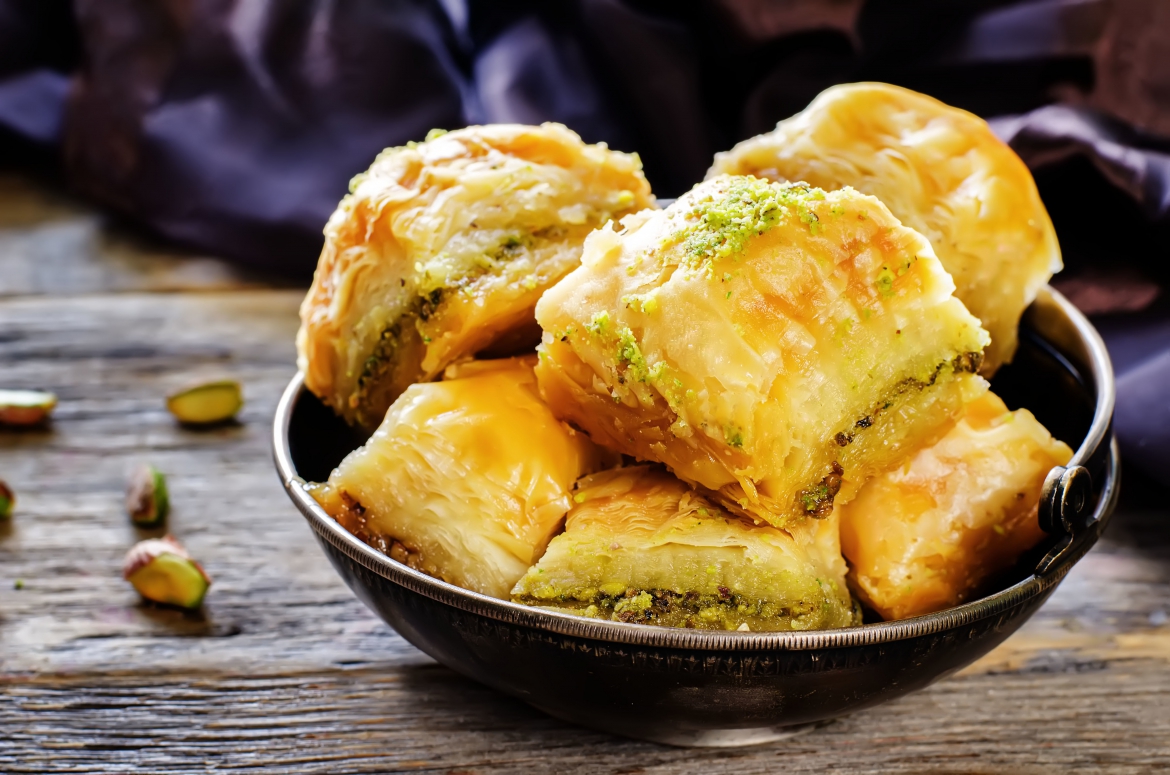
Ingredients
Butter: 100 gr
Sour cream: 250 gr
Peeled walnuts: 2,5 cups
Sugar: 2 cups
Honey: 5 tablespoons
Flour: 3 cups
Water: 2 cups
Cooking method
Mix butter and sour cream in a deep bowl, then add flour and mix thoroughly. Cut the dough into 4 even parts and put in the refrigerator.
To prepare the filling, grind walnuts and mix them with sugar and two tablespoons of honey.
When stuffing is done, take the dough out from the fridge, roll one of the pieces and put the filling on top. Do the same with the second and the third pieces of dough, laying them out in layers.The last piece of dough goes on top and is decorated with small notches.
Bake baklava in the oven at 180°C for 20 minutes. Then use the notches to pour sweet syrup made from 2 cups of water and 2 tablespoons of honey inside. Bake the pastry for another 30 minutes until done.
Gliko
Gliko is a sweet preserve that can be made from whole nuts, fruit, and even vegetables. The name of this dessert is translated from Greek as «sweetness in the spoon». To make gliko, Cypriots most often use walnuts, oranges, lemons, figs, as well as carrots, tomatoes and flower petals. But you can use literally all the fruit except for overripened. Gliko can be a good substitution of old good jam, which also looks unusual: it is served with a glass of cold water.
Below you can find a recipe of walnut gliko:
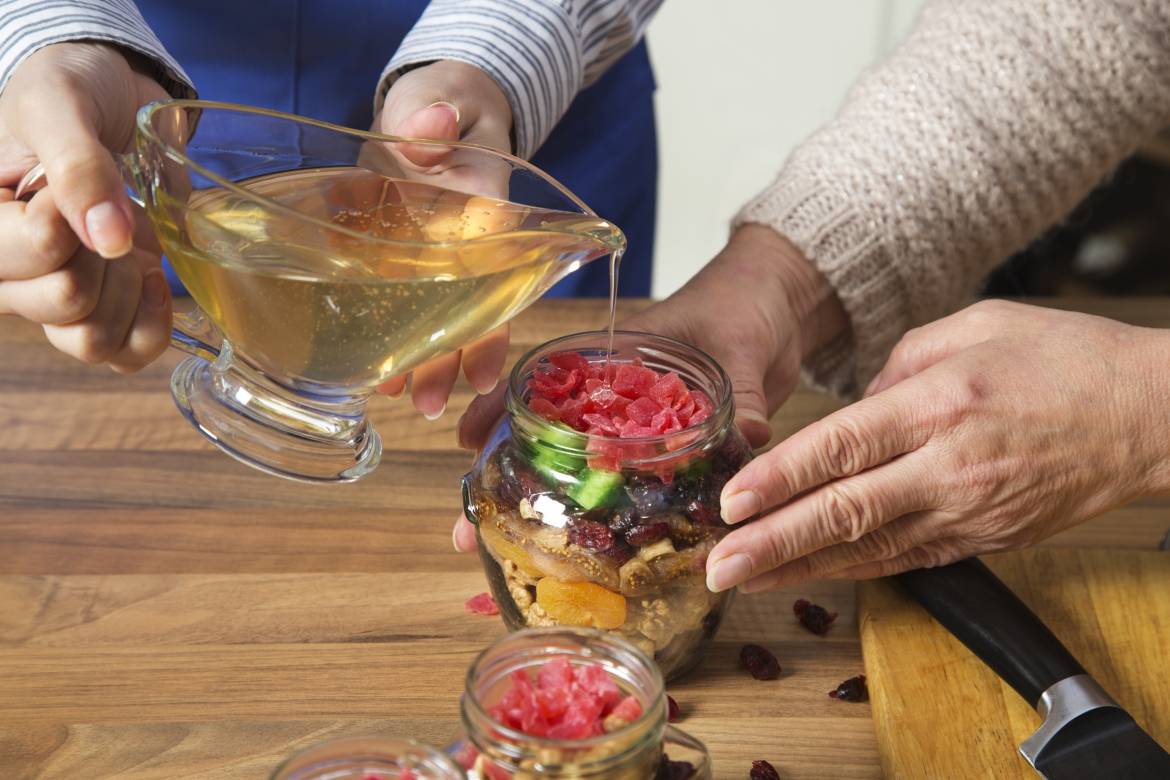
Ingredients
50 unripe whole walnuts
Sugar: 2,5 kg
Water: 5 cups
Earthy water
Lime water
Cinnamon and clove
Lemon juice: 2,5 tablespoons
Cooking method
Peel walnuts and pin them with a sharp knife in several spots, then make two angle cuts at two sides of each walnut, cover them with water and leave for 7 days (it is necessary to change the water every day and to keep nuts or fruit covered with it). Then put the walnuts into the earthy water and cover them with something heavy. In 12 hours take them out, wash and boil several times, soak in lime water for 2 hours and dry with paper towels.
The syrup is made from 5 cups of water and 2,5 kg of sugar. After syrup is cooled down, add walnuts, clove and cinnamon, bring the mix to a boil and cook for several minutes. Allow gliko to cool down and leave it for 24 hours. Repeat the sequence of cooking and cooling a few times to make syrup thick enough. Finally, add some lemon juice and cook it until done.
Gliko preparation takes some time and patience, but once it is preserved you can enjoy the spoon sweet during the whole winter.
Muhallepi
Muhallepi is a creamy Turkish pudding made of rice or corn flour. It is a common dessert in Cyprus.
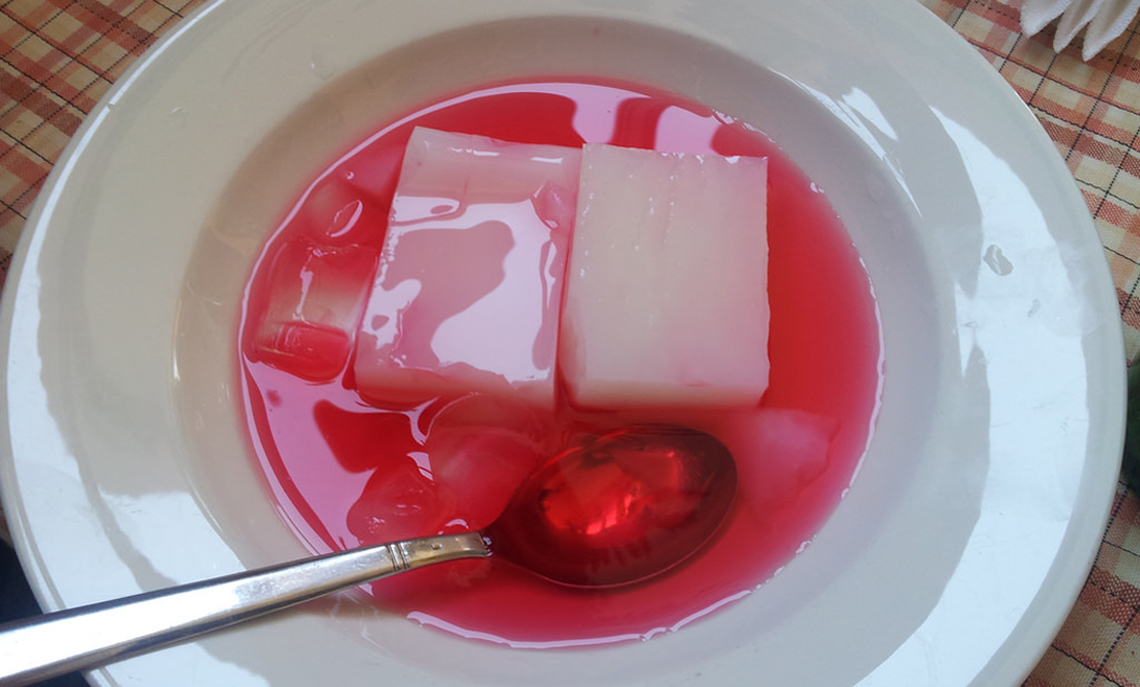
Ingredients
Milk: ½ liter
Rice flour: 50-60 gram
Sugar: 120-140 gram
Vanilla: 5 gram
Cinnamon: to taste
Cooking method
Pour milk into the pot and start heating. Add flour and stir. When the inside of the pot thickens, add sugar and continue stirring. Add vanilla at the end. Then turn the heat off and pour muhallebi into several different containers. Allow it to cool down, powder with ground cinnamon and put into the refrigerator for several hours.
Shamali
Cream of wheat is not for everybody, but those who can not stand the porridge, can still give it the second chance and try shamali cake, made by Cypriots from cream wheat and matsoni.
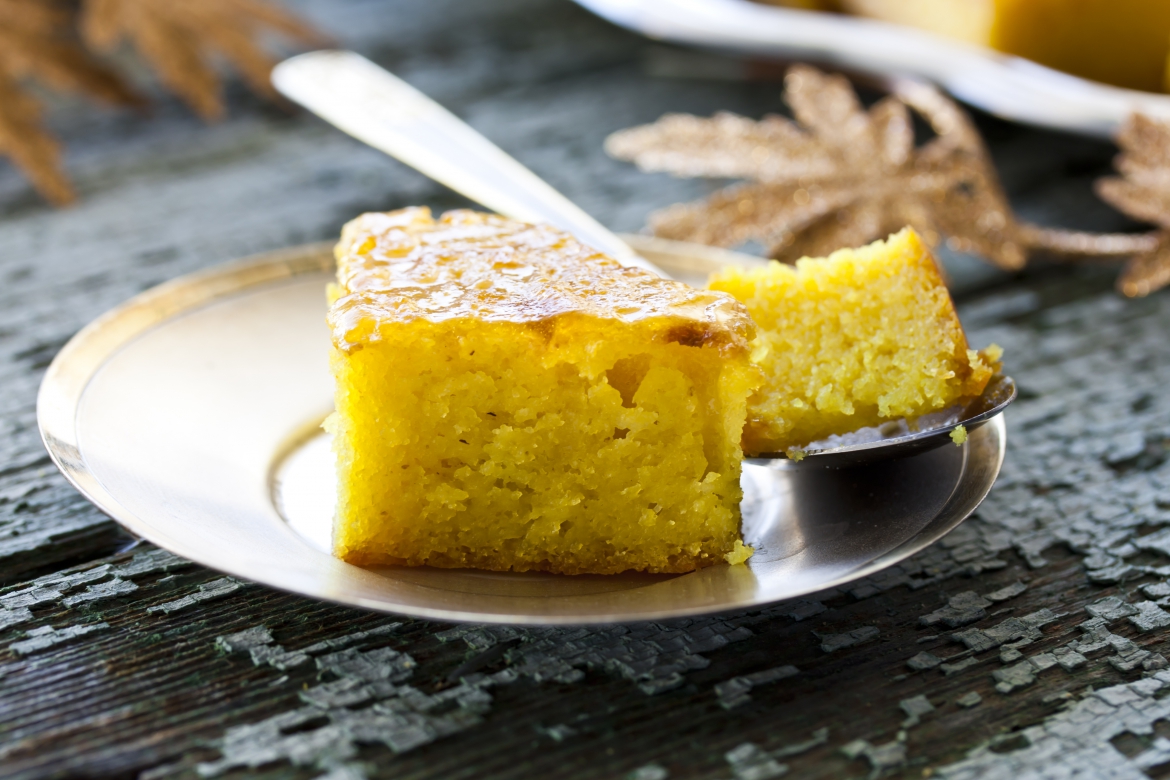
Ingredients
For cake:
Сream of wheat: 440 gram
Sugar: 100 gram
Matsoni: 200 gram
Vanilla: ½ tea spoon
Baking powder: 5 gram
For syrup:
Water: 100 gram
Sugar: 200 gram
Lemon juice: 2 gram
Cooking method
Mix cream of wheat, 100 gram of sugar, matsoni, vanilla and baking powder until smooth. Pour the mixture into a baking tin and put into the oven, previously preheated to 180°C. Bake until golden.
To make a syrup, melt 200 gram of sugar in 100 gram of water, add lemon juice and cinnamon and stir. Bring to the boil, then lower the heat and cook for 10 minutes.
Kataifi
Kataifi is a very sweet dessert popular both in Turkey and in Greece. It is made from the thinnest kataifi phyllo with nuts on the inside and soaked in honey or sugar syrup.
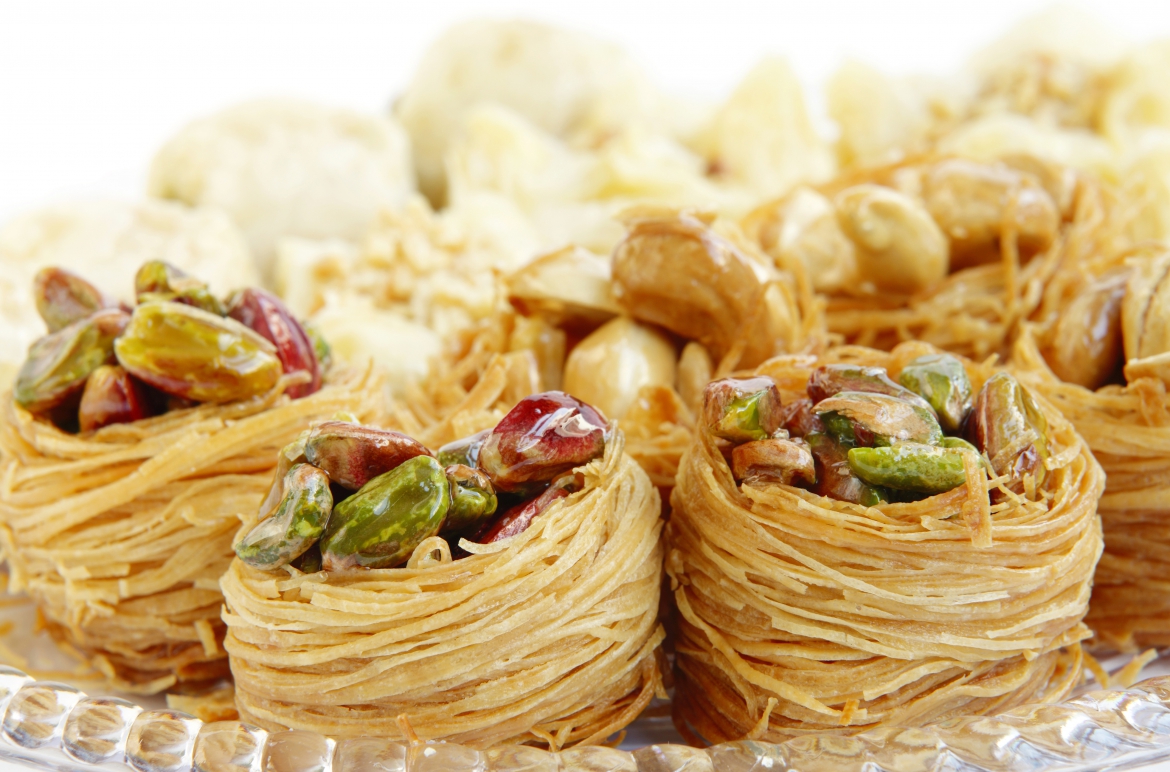
Ingredients
Almonds: 50 gram
Pistachio: 50 gram
Kataifi phyllo: ¼ kg
Olive oil: 80 ml
Sugar: 50 gram for the filling and 250 gram for the syrup
Cinnamon: ½ tea spoon
1 lemon
Rosewater: 2 tablespoons
Cooking method
Grind almonds and pistachios and mix them with 50 gram of sugar and cinnamon. Unroll the kataifi phyllo from the plastic sleeve, slightly roll it up, drizzle with olive oil and place a tablespoon of filling at one end. Roll the phyllo it up to make a small cylinder. Place the cylinders on the pan, brush them with olive oil and bake in the preheated oven at 170-180 ºC for about 50 minutes.
To make a syrup, squeeze one peeled lemon, then mix lemon peel, juice, 250 grams of sugar, and 200 ml of water and bring the ingredients to the boil. Lower the heat and cook for 15 minutes.
Serve kataifi with this syrup and rosewater for soaking.

